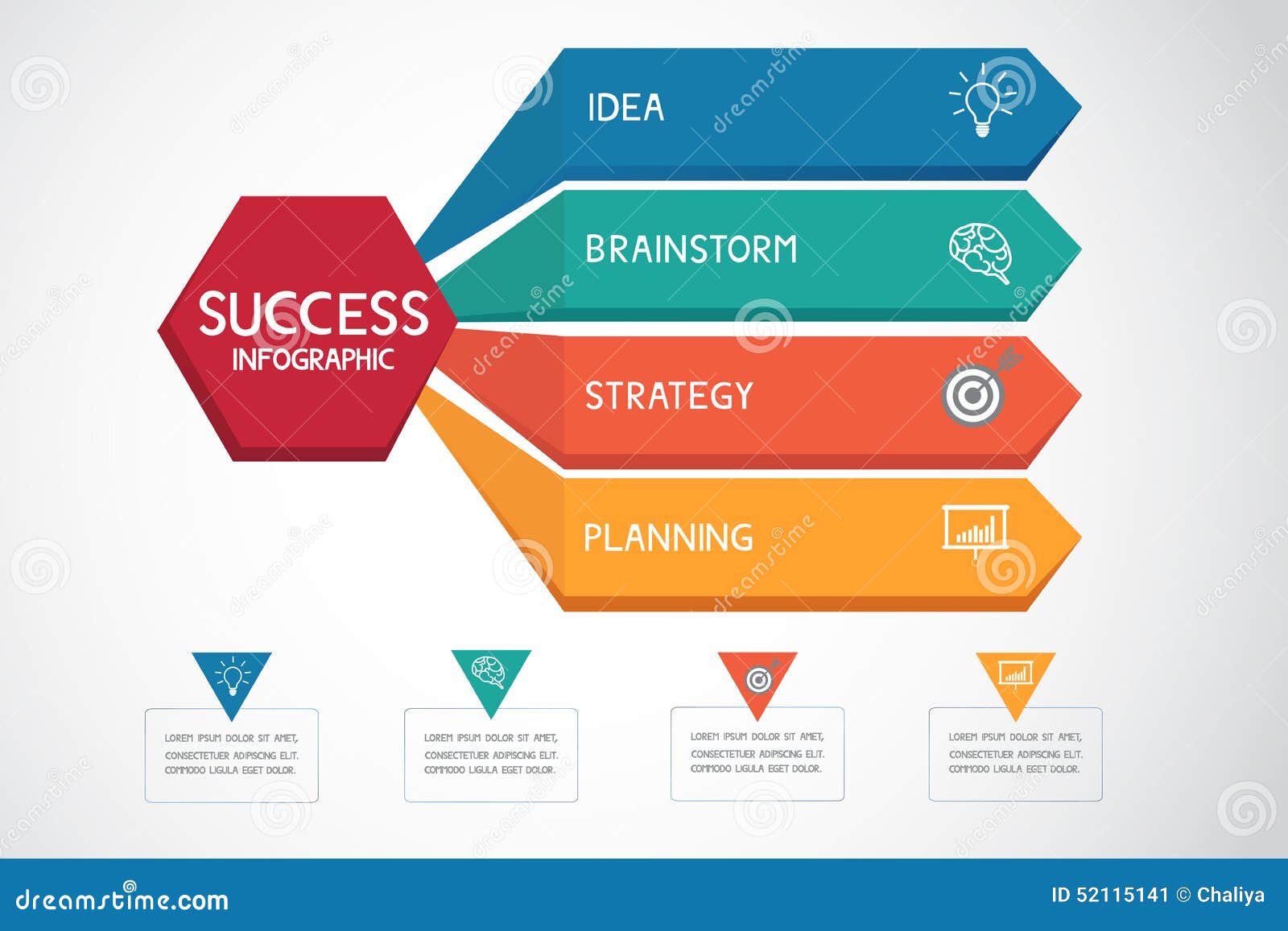The Development Of Website Style: From Past To Existing
The Development Of Website Style: From Past To Existing
Blog Article
Developed By-Rasmussen Dalby
In the past, websites were basic and focused on information. Navigating was direct, and style was for desktops. Currently, customer experience is essential. Data guides layouts for easy navigation. Receptive formats match different gadgets. Today, dark mode lowers pressure, and minimal menus improve navigating. Interactive features involve individuals, and vibrant visuals stand out. AI integration boosts interaction. See exactly how layout has evolved to improve your online journey.
Very Early Days of Web Design
In the early days of website design, simplicity reigned supreme. Web sites were standard, with restricted shades, font styles, and formats. The focus was on supplying information as opposed to showy visuals. Customers accessed the net through sluggish dial-up links, so speed and capability were essential.
Navigation menus were straightforward, commonly located at the top or side of the web page. Internet sites were made for home computer, as mobile surfing wasn't yet prevalent. Content was king, and developers prioritized very easy readability over complex style components.
https://affordablesmallbusinessse84061.izrablog.com/26929879/ease-of-access-in-web-design-designing-for-all-individuals was the main coding language utilized, and developers had to work within its restraints. Animations and interactive attributes were minimal contrasted to today's criteria. Web sites were fixed, with little dynamic web content or individualized user experiences.
Surge of User-Focused Design
With the development of web site layout, a shift towards user-focused style principles has come to be significantly prominent. Today, developing web sites that prioritize customer experience is essential for engaging visitors and achieving company objectives. visit this web page link -focused style entails recognizing the demands, choices, and habits of your target market to customize the web site's layout, material, and includes as necessary.
Designers now perform comprehensive study, such as customer studies and use screening, to collect understandings and comments straight from users. This data-driven method aids in creating user-friendly navigation, clear calls-to-action, and visually attractive interfaces that reverberate with site visitors. By positioning the user at the facility of the design procedure, web sites can supply a much more personalized and delightful experience.
Receptive design has actually likewise emerged as a vital element of user-focused style, making sure that internet sites are enhanced for different gadgets and display dimensions. This flexibility improves accessibility and usability, satisfying the varied ways users communicate with websites today. Fundamentally, linked website of user-focused style represents a change in the direction of developing digital experiences that prioritize the demands and expectations of completion user.
Modern Trends in Web Design
Discover the most up to date trends shaping website design today. https://smallbiztrends.com/2022/04/creating-well-rounded-seo-strategy.html is dark mode layout, supplying a streamlined and modern-day look while decreasing eye strain in low-light settings. One more crucial pattern is minimal navigating, simplifying food selections and enhancing customer experience by focusing on essential elements. Including micro-interactions, such as computer animated switches or scrolling effects, can develop a much more engaging and interactive site. Receptive design remains important, making certain seamless user experiences throughout various tools. Additionally, making use of vibrant typography and unbalanced layouts can add aesthetic interest and draw attention to details content.
Integrating AI technology, like chatbots for consumer support or individualized suggestions, boosts individual interaction and enhances procedures. Access has also end up being a considerable fad, with developers prioritizing inclusive layout practices to deal with diverse customer needs. Accepting sustainability by maximizing internet site performance for rate and effectiveness is one more emerging trend in website design. Working together with customer feedback and information analytics to iterate and boost style continuously is vital for staying pertinent in the ever-evolving digital landscape. By welcoming these modern-day patterns, you can produce an aesthetically appealing, easy to use internet site that resonates with your target market.
Final thought
As you review the development of site style from the very early days to now, you can see exactly how user-focused design has actually become the driving pressure behind contemporary patterns.
Embrace the trip of adjustment and adaptation in web design, always keeping the customer experience at the leading edge.
Keep present with the current fads and technologies, and never ever quit developing your method to create aesthetically magnificent and user-friendly websites.
Evolve, adapt, and develop - the future of website design is in your hands.
